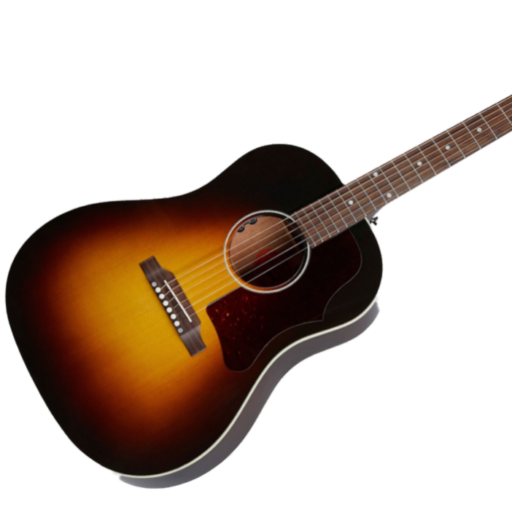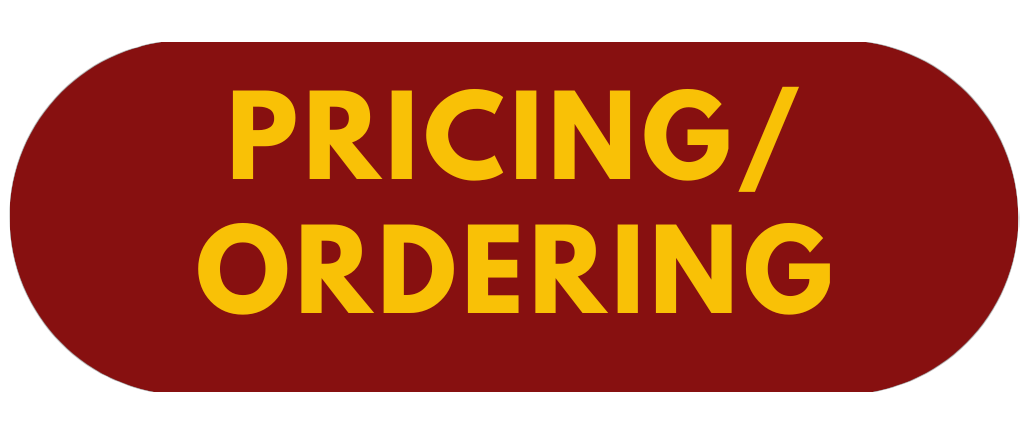Some Basics…
Often overlooked in terms of the sound your acoustic guitar produces, the saddle plays a vital role in this regard. The material and construction of the saddle, as well as the bridge pins have a significant effect on how the vibration of the string is transmitted to the top of the guitar, and if used, how an undersaddle transducer (UST) receives a signal from the saddle for amplified playing.
A LOT of people ask about the density and porosity of these materials as compared to the plastic materials such as Tusq or Micarta….and if “denser is better.” Density of the material alone is not a controlling factor. If this were the case, we’d all have brass, ceramic or iron saddles. The trick is to get a material that has the “optimum” density so the resonation gets to the top of the guitar at a frequency that vibrates it most effectively. Not too fast…..not too slow. Bone, Elephant and W. African hard ivory have different densities, but ALL within a spectrum that is OPTIMUM for guitar usage.
As far as use with a UST, the same theory applies. These saddle materials optimize the strength of the signal applied to the transducer.
I always pose one very simple question in response to the plastic material versus natural material quandary:
How many plastic saddles, nuts and pins do you see on guitars made by the elite manufacturers….. where only the very best components will do?
A Bit of History
For years, guitar manufacturers made these saddles out of plastic, bone and occasionally, elephant ivory. Plastic has always been the most popular simply because it serves as a significant financial alternative to natural materials when mass-producing guitars. The use of elephant ivory virtually disappeared when issues concerning illegally procured ivory as well as the treatment of the elephants made the use of this material controversial. Manufacturers began marketing more advanced plastics as “synthetic ivory” which worked well and was still priced at a level making it a lower cost alternative to bone.
Between 1988 and 1990, legislation was passed through the U.S. Congress as well as the United Nations which disallowed transfer of any elephant ivory between international borders. Although sale of pre-existing ivory in the United States was always legal, this act appeased the masses, and slowly elephant ivory was reintroduced into the musical instrument community, thereby regaining popularity. Unfortunately, a full ban on all interstate commerce was initiated in July of 2016. As a result, ivory can only be sold within the state I reside (GA)

Saddles, Nuts, Bridge Pins & Their Installation
SADDLES: Installing the saddle is an extremely easy task that requires minimal mechanical aptitude. You will have to sand the saddle to the desired height, followed by minor adjustments for thickness, and finally sizing the ends and rounding off the corners.
Why? Lets say I make a “standardized” saddle that fits a certain make and model of guitar. All bridge slots are different, regardless of the accuracy of the slot cutting machines. Plus, the size of your particular saddle slot can change over time depending on any number of factors. A standardized saddle would end up not fitting perfectly in 25% of the guitars. Every guitar is different! I include a DETAILED instruction sheet with every one of my saddles, which will guide you through the entire process. As always, if you feel uncomfortable doing it, your local luthier will probably be happy to do it for a minimal charge. If I do not carry your particular saddle, I can copy just about anything out there if you can send it in. Additionally, even if I have your particular saddle in stock, I can copy an original that fits your guitar well if you’re willing to send it in, and this will serve to greatly educe the amount of fitting that will be required. Send-ins are normally turned around and back out to you within 24 hrs. of receipt and your original will be returned unharmed..
NUTS: It is my recommendation to have your nut installed by an experienced technician or luthier. Unlike saddle installation, which is pretty straightforward, installation of a nut requires a certain degree of experience as well as specialized tools. Even if I construct an EXACT duplicate of the factory-installed nut on your guitar, there will still be a greater degree of “finish work” as compared with the saddle. Nuts come with the final shaping done, but slightly oversized and with the string slots uncut. In short, there is little or no room for error with nut installation.
Having said that, I will be happy to sell you a replacement nut, but it is important that all my customers know what this can entail prior to purchasing!
BRIDGE PINS: I carry these in a number of different sizes and materials that will cover many of the popular makes of guitars on the market today. There is a diagram under the bridge pin section of my PRODUCTS page that reviews my standard sizes and models they fit. Unfortunately there are many guitar makers, particularly some of the lesser expensive models, which use more cost-effective pins that simply put, are all over the place in size. In some cases I may need measurements from your existing pins and we may have something that will work for your application. In any case, let me know what you have, what you need and I will do my best to accommodate you!

